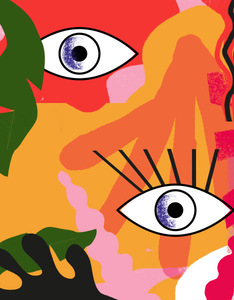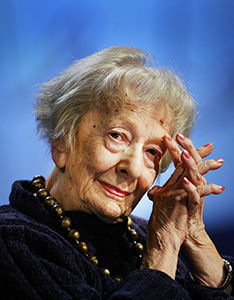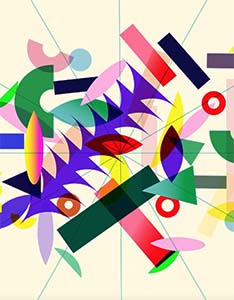Installation “One Man Does Not Rule a Nation” in Ghana – an exhibition by Polish curators around the Sword Monument
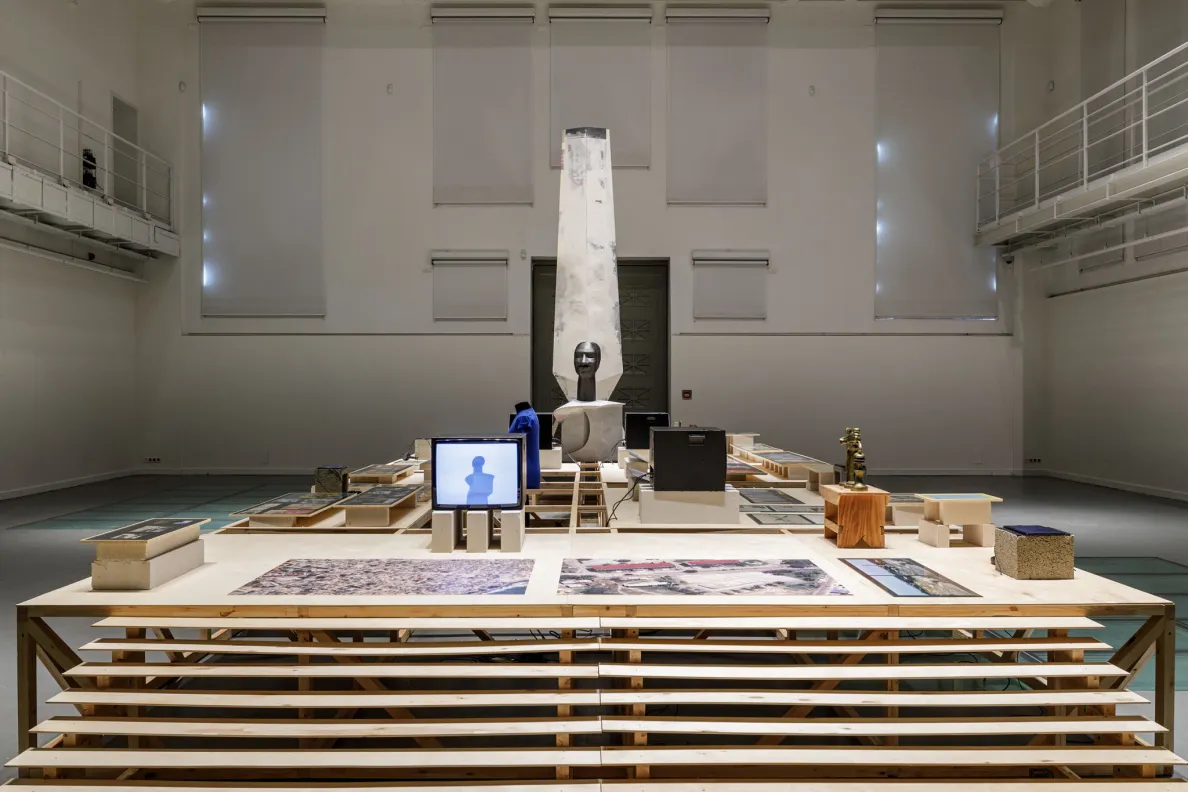
The exhibition “One Man Does Not Rule a Nation” explores the history, context, and ideas embodied by the Sword Monument – a Ghanaian monument designed by Polish sculptor Alina Ślesińska. On the 60th anniversary of its unveiling, installations by Max Cegielski and Janek Simon will be presented in parallel: from 6 September 2025 in Accra and from 13 September 2025 in Tamale. This project marks the first initiative of the Adam Mickiewicz Institute to be realised on the African continent.
A forgotten monument, an unforgettable story – Alina Ślesińska’s Sword Monument
In May 1965, the Sword Monument was unveiled in the city of Winneba, Ghana – the result of a year and a half of work by Polish artist Alina Ślesińska. The monument symbolised the close cooperation between Poland and Ghana in the early 1960s. The sculpture took the form of a sword topped with the head of Kwame Nkrumah, the first president of independent Ghana. However, only a few months later, following the military coup that overthrew the government, the monument was completely destroyed. Only its concrete foundation has survived to this day.
The monument was propaganda in nature – it was erected in front of the Nkrumah Ideological Institute, a training centre for the country’s elite as well as fighters and guerrillas from across Africa engaged in struggles for independence. Its form drew on the traditions of the Efutu and Ashanti peoples and symbolised the role of the president as a “sword against colonialism” and Western imperialism. The Sword Monument was the largest monument on the African continent at the time. Its unveiling coincided with the international conference of the Afro-Asian People’s Solidarity Organisation – the first attended by a Polish delegation. In her work, Alina Ślesińska reflected the prevailing ideologies of the era, fusing the art and message of the Polish People’s Republic with Nkrumah’s political vision..
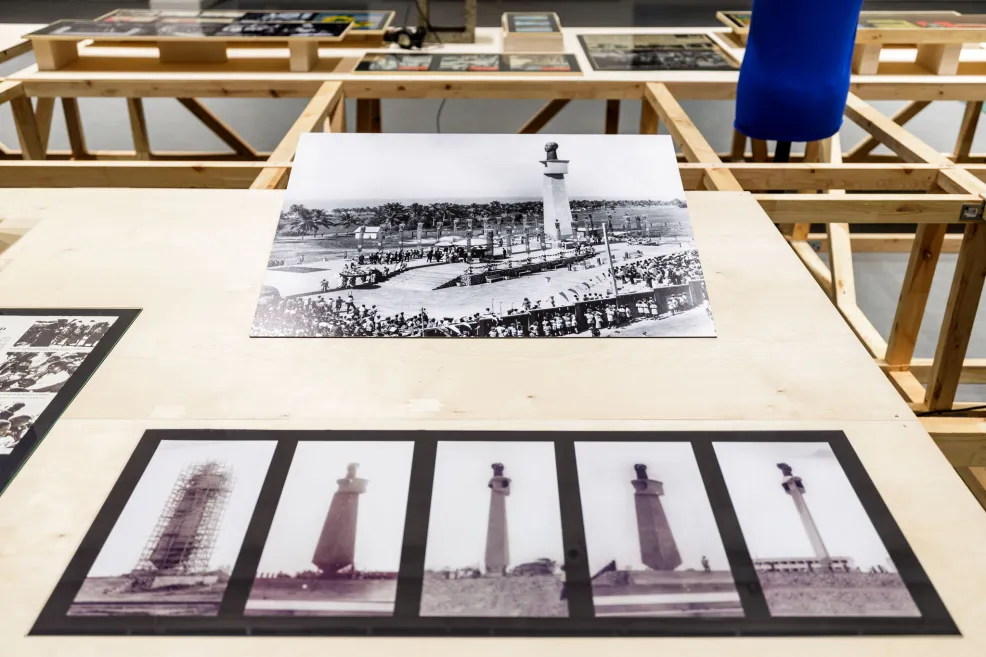
The art installation “One Man Does Not Rule a Nation” as a form of remembrance and reconstruction
On the 60th anniversary of the monument’s unveiling, a contemporary Polish art installation will be presented in two cities: Accra, the capital of Ghana, and Tamale, the capital of the Northern Region. Max Cegielski and Janek Simon, in their installation “One Man Does Not Rule a Nation”, directly reference the surviving concrete foundation of the former monument and reconstruct the Sword Monument’s form using 3D printing technology. The exhibition is enriched with archival materials and recordings prepared by the curators. It functions both as a reconstruction of the Polish People’s Republic’s relations with decolonising Africa and as a reminder of a visionary artist and an idealistic politician whose paths crossed in Ghana in the 1960s.
The installation places the monument within a broad geopolitical and economic context. The Sword Monument can be read as a symbol of the era of Afro-optimism – a time of great but ultimately unfulfilled hopes for freedom and rapid development across the continent. It also embodies the lost legacy of Nkrumah and his vision of Pan-Africanism, while opening a space for reflection on the further emancipation of women – both in society and in art. Today, within the framework of the “One Man Does Not Rule a Nation” project, the artists turn to the past to imagine a more just and solidarity-based global future.
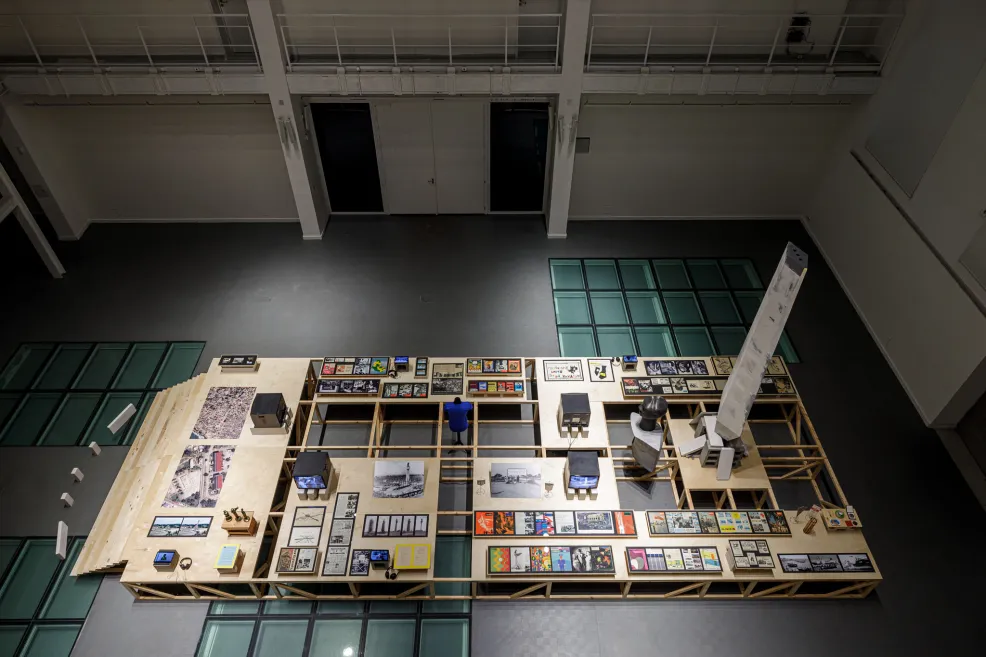
Polish–Ghanaian artistic cooperation – art as intercontinental dialogue
The title of the installation is drawn from a kente cloth pattern (a silk-and-cotton fabric characteristic of West African cultures, woven from interlaced strips of material) in gold, red and blue, created in 1958 for the wedding of Kwame Nkrumah and Fathia Rizk. After the president was overthrown in 1966, the same configuration of symbols came to be interpreted as “Obaakofo mmu man” – “One man does not rule a nation”. Today, as echoes of Nkrumah’s ideas of Pan-Africanism, anti-colonialism, and social equality resurface among Ghanaian artists, intellectuals, and politicians, the meaning of this pattern is once again being reinterpreted.
In the installation, art becomes a language of dialogue between Europe and Africa – transcending geographical borders and historical divisions. The parallel presentations at FCA Ghana in Accra and Red Clay Studio in Tamale extend work originally commissioned for the Ljubljana Biennale and the Survival Kit Festival in Riga in 2023, later shown at TRAFO Center for Contemporary Art in Szczecin. The hosts are leading Ghanaian cultural institutions. Red Clay Studio in Tamale is a multifaceted complex of studios and spaces functioning as a gallery, workplace, archive, and permanent collection. It provides free public programmes that actively engage local communities in artistic and curatorial experiments. The Foundation for Contemporary Art – Ghana (FCA–Ghana) in Accra is an organisation bringing together a network of artists, running project spaces and contributing to the critical development of contemporary art in Ghana. Operating at the intersection of exhibitions, research, education, public dialogue and artistic residencies, it promotes collective, experimental, and participatory practices. Though Poland and Ghana are separated by more than 5,000 kilometres in a straight line, in September this project demonstrates how art can act as a bridge connecting continents – a space for the exchange of ideas, memories, and shared values.
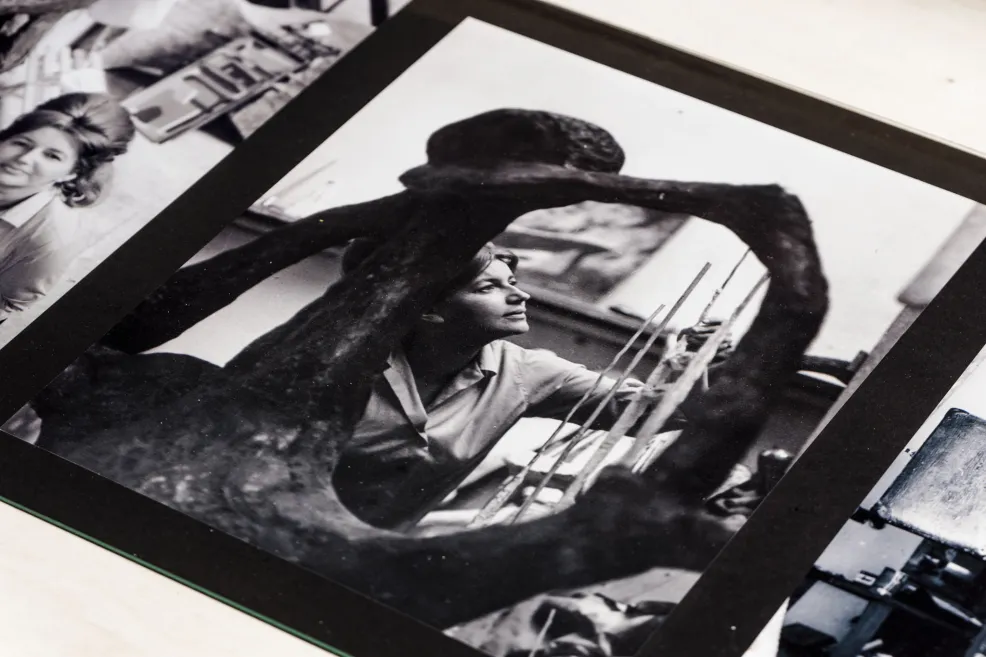
Installation “One Man Does Not Rule a Nation” in Ghana:
-
Curators: Max Cegielski & Janek Simon
-
Presentation in Accra:
-
Dates: 6 September 2025 – 6 October 2025
-
Venue: Foundation for Contemporary Art, Accra, Ghana
-
More information: fcaghana.org
-
-
Presentation in Tamale:
-
Dates: 13 September 2025 – 12 December 2025
-
Venue: Red Clay Studio, Tamale, Ghana
-
More information: redclay_studio
-
-
Organisers: TRAFO Center for Contemporary Art in Szczecin, Adam Mickiewicz Institute
-
Partners: The Foundation for Contemporary Art—Ghana (FCA–Ghana), Red Clay Studio
-
Co-financed from the funds of the Minister of Culture and National Heritage
-
At the same time, another version of the installation is being presented at the Museum of African Art in Belgrade
